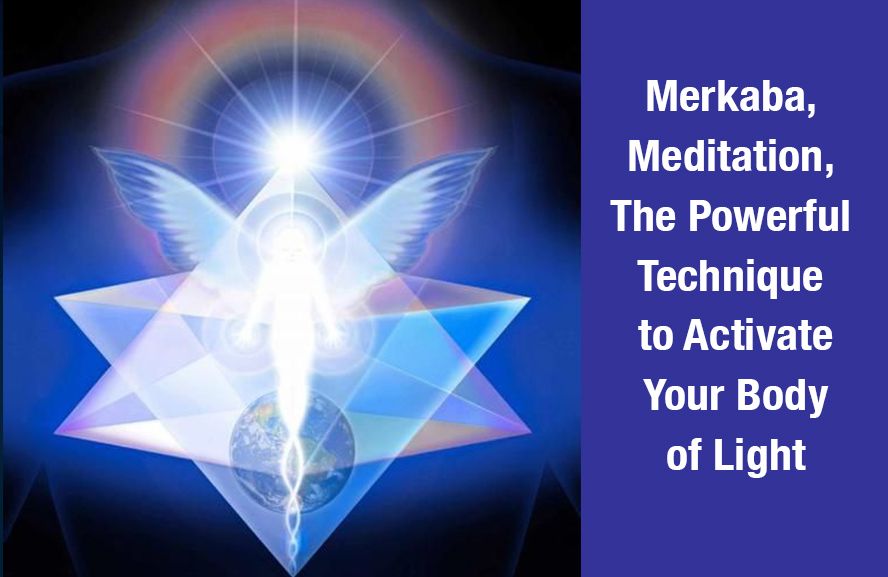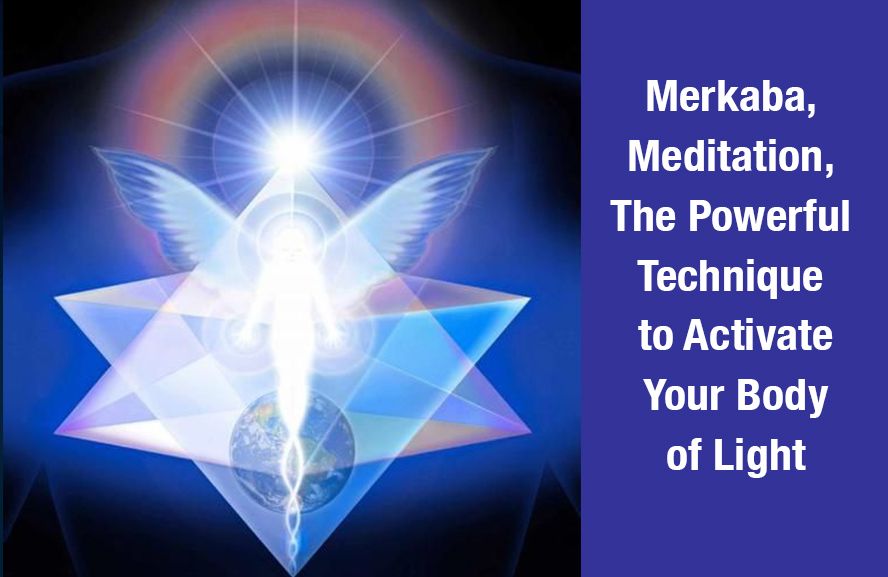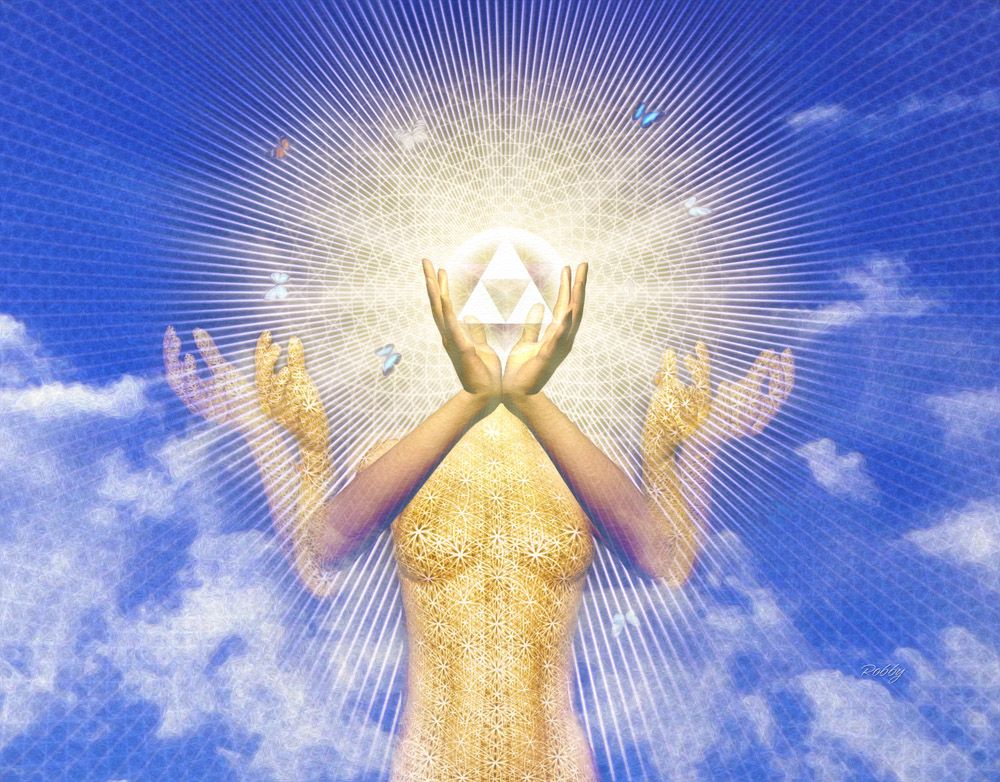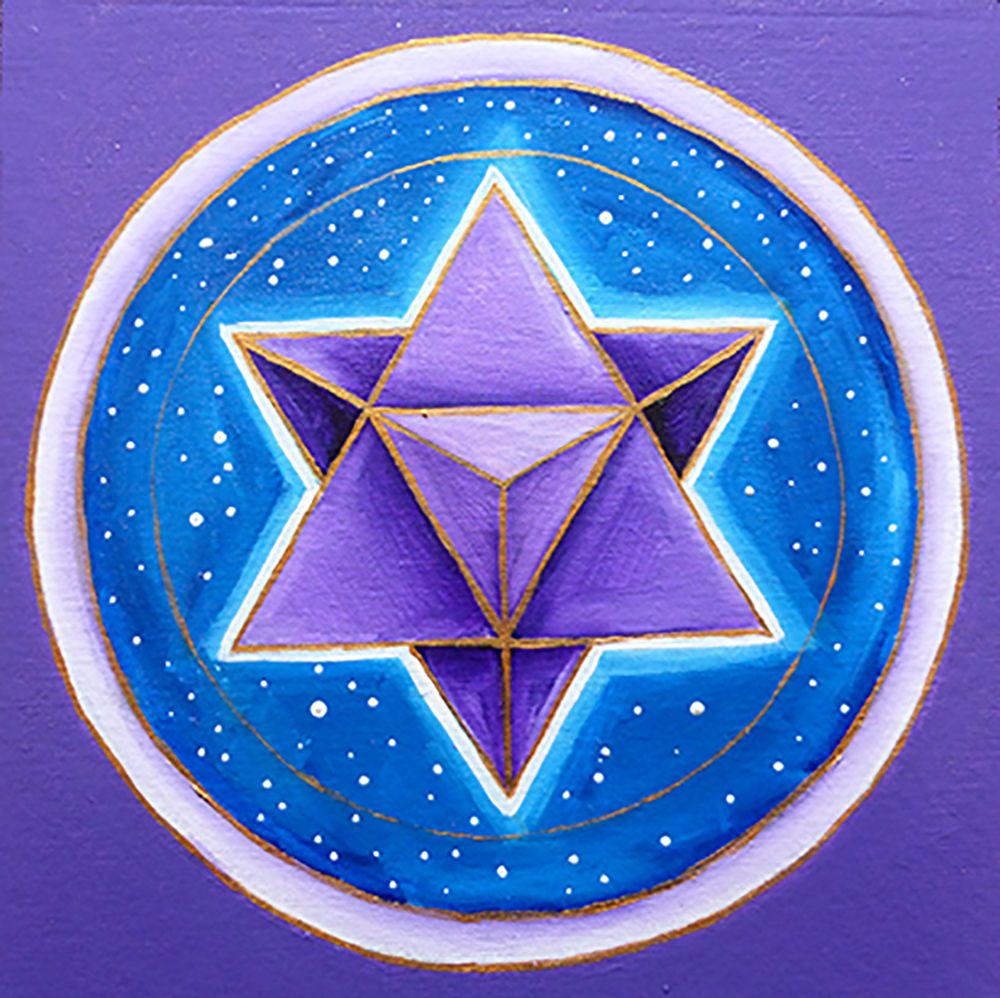Merkaba Meditation, The Powerful Technique to Activate Your Body of Light
The Merkaba meditation activates your body of light, elevates your being, and helps you enjoy life wholeheartedly. Learn how with this 17-Breath Technique.


The Teaching Of Spherical Breathing: Using 18 Breaths
This article on the Teaching of Spherical Breathing is divided into two parts.
This is Part 1.
Merkaba is the answer to all your life’s problems. It really is. Merkaba meditation is an incredible energy process that helps you realize your fullest capabilities. Merkaba meditation opens up infinite possibilities of your existence, elevates your being, and helps you enjoy life wholeheartedly.
Now, you must go through this entire comprehensive guide to Merkaba meditation to understand the concept.
There are 17+1 breaths, where the first six are for balancing the polarity, the next seven for proper pranic flow through the entire body.
The further breaths are for shifting the consciousness from 3rd to 4th dimension and finally the last three breaths is for re-creating the rotating Merkabah within and around the body. The last breath is not taught. Once each day, enter into this meditation, until the time comes when you are a conscious breather, remembering with each breath your intimate connection with God.

Image by John Sanders from Flickr
First Breath: Inhale
Heart: Open your heart and feel love for all life. If you cannot do this, you must at least open to this love as much as is possible for you. This is the most important instruction of all.
Mind: Become aware of the male tetrahedron (the apex facing up to the sun, the point facing to the front for male, the point to the back for females) filled with the brilliant white light surrounding your body. Visualize it the best you can. If you cannot visualize it, sense or feel it surrounding you.
Body: At the same moment of inhalation, place your hands in the mudra of your thumb and first finger touching. Remember, lightly touch your fingers, and do not allow your fingers to touch each other or any other object. Keep your palms facing up.
Breath: At this same moment, with empty lungs, begin to breath in a complete yogic manner. Breath through your nostrils only, except at certain places which will be described. Simply put, breath from your stomach first, then your diaphragm, and finally your chest. Do this in one movement, not three parts. The exhale is completed either by holding the chest firm and relaxing the stomach, slowly releasing the air, or by holding the stomach firm and relaxing the chest. The most important aspect is that this breathing must be rhythmic.
Begin by using seven seconds in and seven seconds out, but as you get familiar with this meditation, find your own rhythm. The following instructions for a complete Yogic Breath are from "the Hindu-Yogi Science of Breath" by Yogi Ramacharake. Perhaps this description will be helpful.

Image by Enrique Meseguer from Pixabay
Breathing through the nostrils, inhale steadily, first filling the lower part of the lungs, which is accomplished by bringing into play the diaphragm, which descending exerts a gentle pressure on the abdominal organs, pushing forward the front walls of the abdomen. Then fill the middle part of the lungs, pushing out the lower ribs, breastbone and chest. Then fill the higher portion of the lungs, protruding the upper chest, thus lifting the chest, including the upper six or even pairs of ribs.
At first reading it may appear that this breath consists of three distinct movements. This, however, is not the correct idea.
The inhalation is continuous, the entire chest cavity from the lowered diaphragm to the highest point of the chest in the region of the collar bone, being expanded with a uniform movement. Avoid a jerky series of inhalations, and strive to attain a steady continuous action. Practice will soon overcome the tendency to divide the inhalation into three movements, and will result in a uniform continuous breath.
You will be able to complete the inhalation in a few seconds after a little practice.
Exhale quite slowly, holding the chest in a firm position, and drawing the abdomen in a little and lifting it upward as the air leaves the lungs. When the air is entirely exhaled, relax the chest and abdomen. A little practice will render this part of the exercise easy, and the movement once acquired will be afterward performed almost automatically.

Image by Pete Linforth from Pixabay
First breath: Exhale
Heart: Love
Mind: Become aware of the female tetrahedron, (apex pointing to the earth, point facing to the back for males, point facing to the front for females), also filled with the brilliant white light.
Body: Keep the same mudra.
Breath: Do NOT hesitate at the top of the inhalation to begin the exhalation. Exhale quite slowly, approximately seven seconds, in the Yogic manner. When the air is out of the lungs, without forcing, relax the chest and abdomen and hold the breath. When you feel pressure to breathe again, after about five seconds or so, then do the following:
Mind: Be aware of the flat equilateral triangle at the top of the female tetrahedron located in the horizontal plane that passes through your chest at the sternum. In a flash, and with a pulse like energy, send that triangular plane down through the female tetrahedron. It gets smaller as it goes down and pushes out the tip or apex of the tetrahedron all the negative energy of the mudra or electrical circuit, a light will shoot out of the apex toward the center of the Earth. The Mind exercise is performed along with the following body movements.

Body: Move your eyes slightly toward each other, or, in other words, slightly cross your eyes. Now bring them up to the top of their sockets, or in other words, look up. Also, this looking up motion should not be extreme. You will feel a tingling feeling between your eyes in the area of your third eye . You can now look down to the lowest point you can, as fast as you can. You should feel an electrical sensation move down your spine.
The Mind and Body must coordinate the above mental exercise with the eye movements.
The eyes look down from their up position at the same time the mind sees the triangular horizontal plane of the female tetrahedron move down to the apex of the female tetrahedron. This combined exercise will clean out the negative thoughts and feelings that have entered into your electrical system. Specifically, it will clean out the part of your electrical system that is associated with the particular mudra you are using. Immediately upon pulsing the energy down your spine, you change mudras to the next one and begin the entire cycle over again. The next five breaths are a repeat of the first breath with the following mudra changes:
- Second breath mudra: Thumb and second finger together
- Third breath mudra: Thumb and third finger together
- Fourth breath mudra: Thumb and little finger together
- Fifth breath mudra: Thumb and first finger together (same as first breath)
- Sixth breath mudra: Thumb and second finger together (same as second breath)
The first part, the first six breaths, the balancing of the polarities, and the cleansing of your electrical system is now complete.
You are now ready for the next part, the next seven breaths. To read Part 2 click HERE
Source: via crystalinks
From the 18 Breathes Technique by Drunvalo Melchizedek
Please Note: this article has been re-posted without prior written consent by the original Author. Link to the original article and site can be found above this disclaimer. If you are the Author of this post and you think that we are not re-posting it under the realm of 'fair-use', please contact us earthangelshouse@gmail.com
